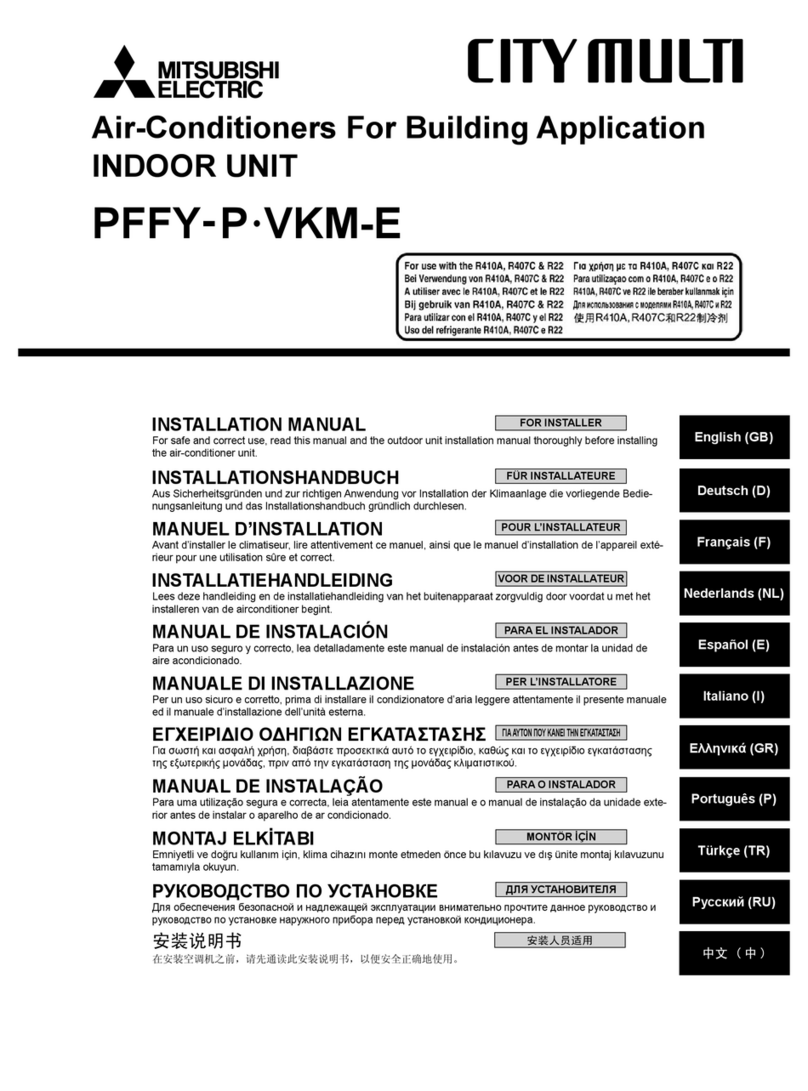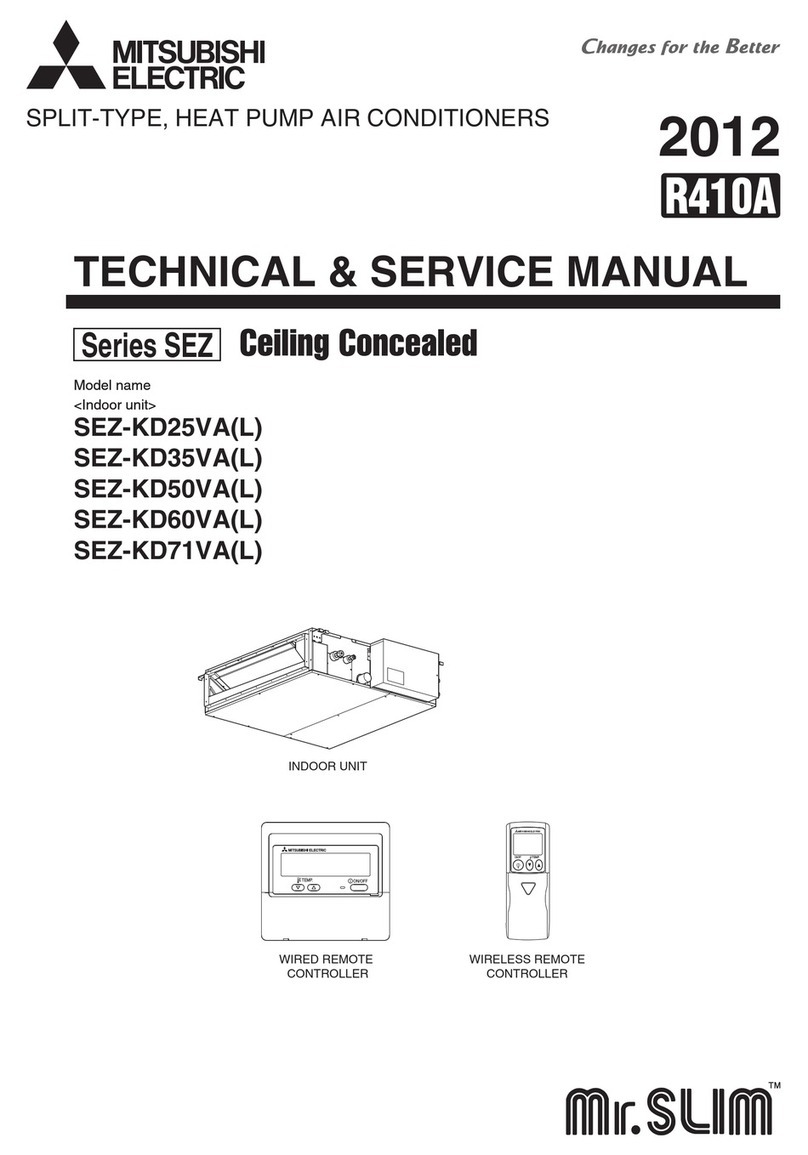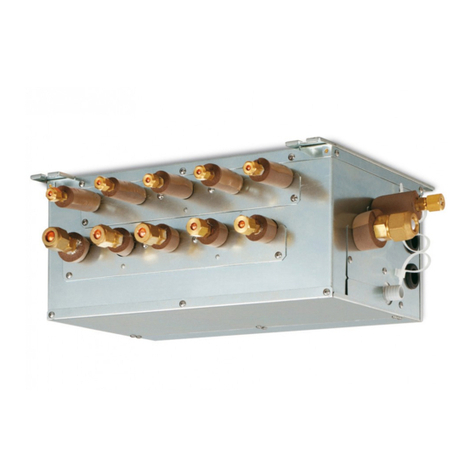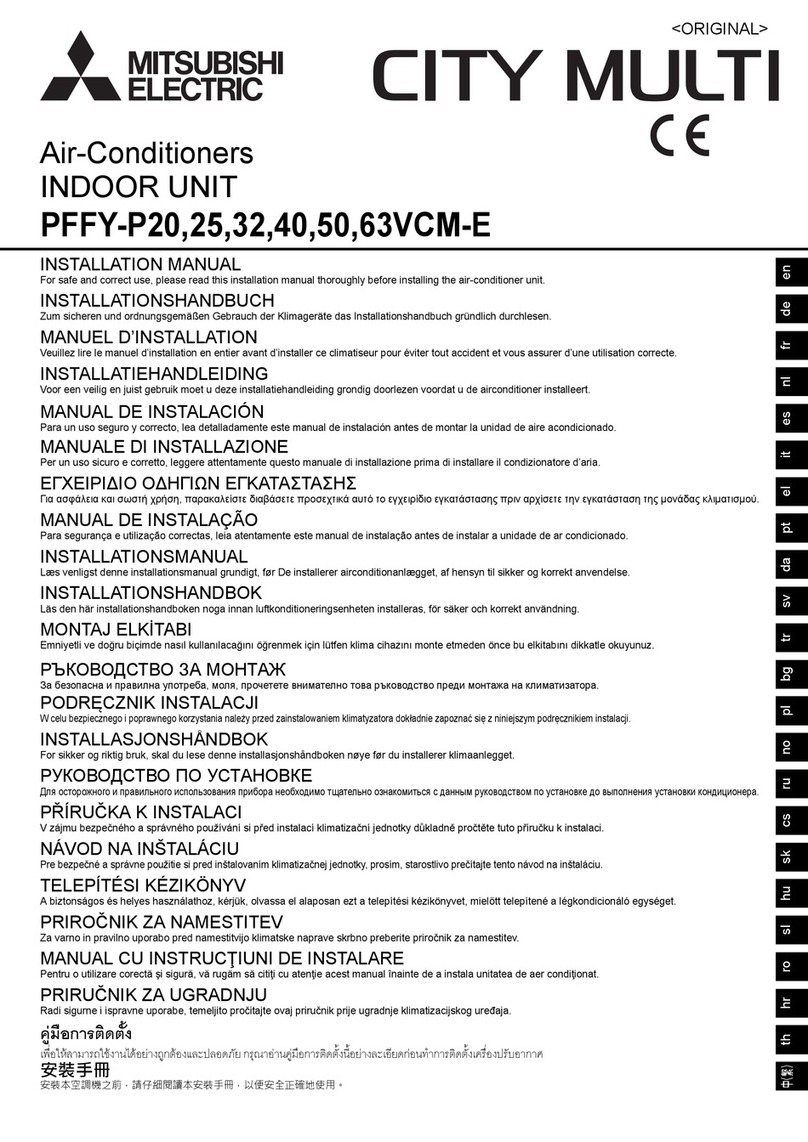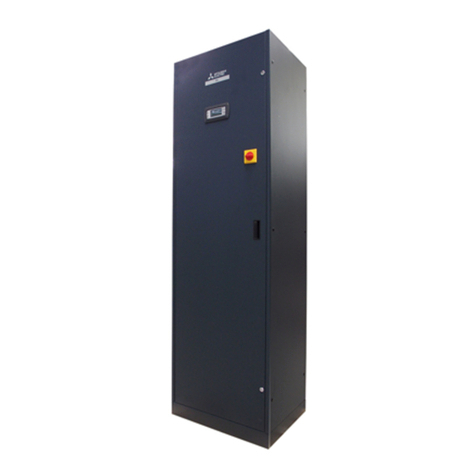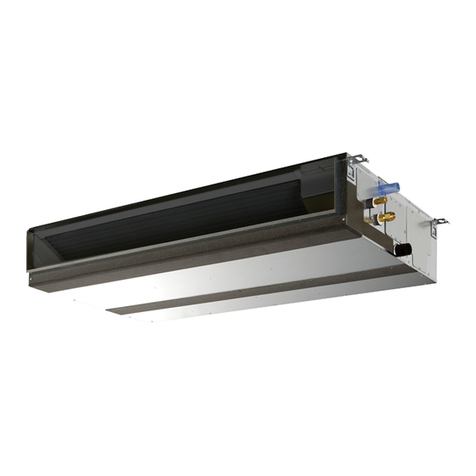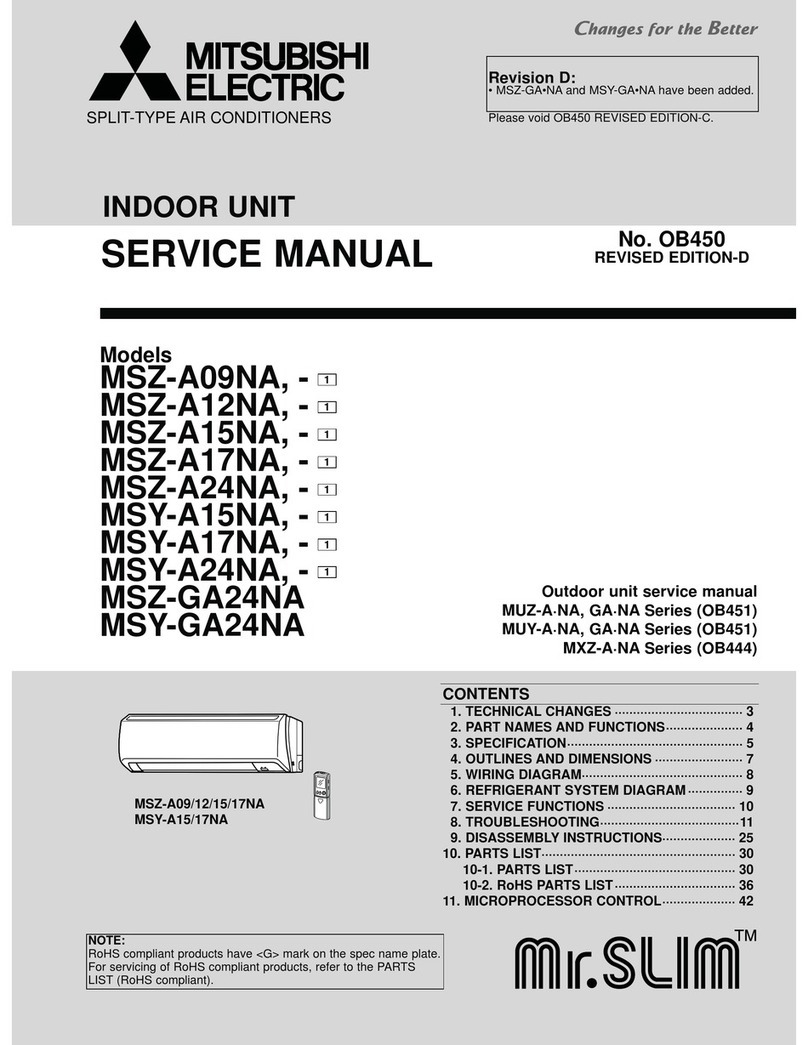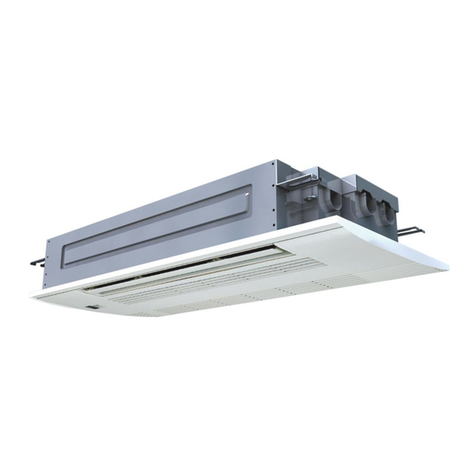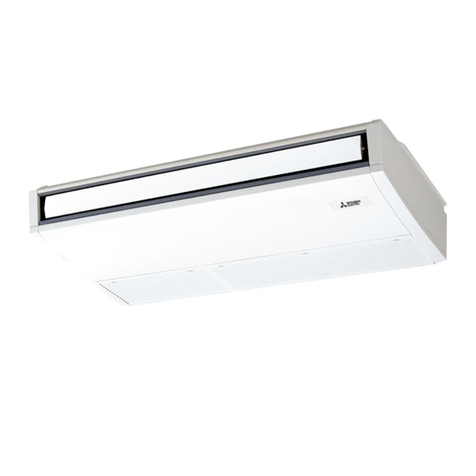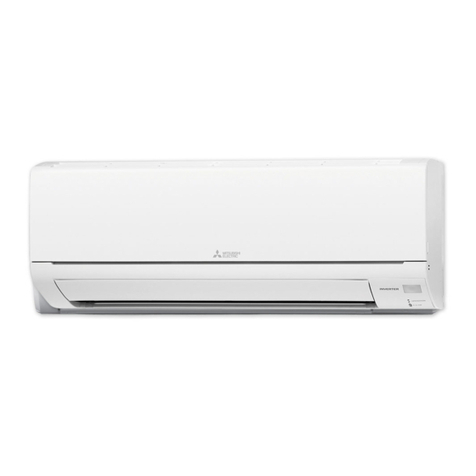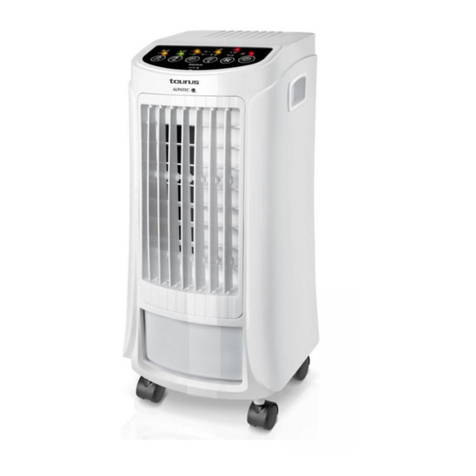
12
Note:
4.3 Water Pipework
Connections to the cylinder unit should be made using the 22 mmcompression
as appropriate.
Do not over-tighten compression fittings as this will lead to deformation of the
olivering and potential leaks.
Install a hydraulic filter or strainer (local supply) at the water intake (“Pipe E” in
Fig.3.1)
Cold water to the suitable standard (see section 4.2) should be introduced to
the system by connecting pipe B (Figure 3.1) using appropriate fittings.
7KHSLSHZRUNZLOOEHFRPHYHU\KRWVRVKRXOGEHLQVXODWHGWRSUHYHQWEXUQV:KHQFRQQHFWLQJSLSHZRUNHQVXUHWKDWQRIRUHLJQREMHFWVVXFKas dirt or
debris enter the pipe.
&RQQHFWWKHIORZIRUWKH'+:WRSLSH$)LJXUH7KHIXQFWLRQRIWKHIROORZLQJVDIHW\FRPSRQHQWVRIWKHsystem should be
checked on installation for any abnormalities;
3UHVVXUHUHOLHIYDOYHPrimary circuit)
Primary expansion vessel pre-charge JDVFKDUJHSUHVVXUH$FFHVVRU\LWHPThe cylinder unit is UNVENTED.:KHQLQVWDOOLQJXQYHQWHGLQGLUHFWKRWZDWHUV\VWHPVEXLOGLQJUHJXODWLRQVSDUW*(QJODQGDQG:DOHV3(Scotland) and P5 (Northern Ireland) should be adhered to. If outside of the
UK please adhere to your own country’ s regulations for unvented hot water
systems.
To weld the pipes in the field, ensure the pipes on the cylinder unit are
cooled using wettowel etc.
0
0
5
10
15
20
25
50 100 150 200 250 300 350 400
Primary expansion vessel sizing
Expansion vessel volume [L]
System water volume [L]
<Figure 4.3.1>
V = İ× G
íP¹+ 0.098
P²+ 0.098
:KHUHGraph to the right is for the following values
Primary expansion vessel volume 0867fit the local system water volume.
7RVL]HDQH[SDQVLRQYHVVHOIRUWKHKHDWLQJFLUFXLWWKHIROORZLQJIRUPXODDQGgraph can be used.
V
İG
P1
P2
: Necessary expansion vessel volume [L]
:DWHUH[SDQVLRQFRHIILFLHQW7RWDOYROXPHRIZDWHULQWKHV\VWHP>/@: Expansion vessel setting pressure [MPa]
: Max pressure during operation [MPa]
İP1
P2
: at 70 °C = 0.0229
: 0.1 MPa
: 0.3 MPa
$VDIHW\PDUJLQKDVEHHQDGGHGInstallation
4
ŰSizing Primary Expansion Vessels
ŰCold Water Pipework
ŰHydraulic filter work
ŰPipework Connections
ŰHot Water Pipework
$OOH[SRVHGZDWHUSLSHZRUNVKRXOGEHLQVXODWHGWRSUHYHQWXQQHFHVVDU\KHDWORVVDQGFRQGHQVDWLRQ7RSUHYHQWFRQGHQVDWHHQWHULQJWKHF\OLQGHUXQLWWKHpipework and connections at the top of the cylinder unit should be carefully
insulated.
&ROGDQGKRWZDWHUSLSHZRUNVKRXOGQRWEHUXQFORVHWRJHWKHUZKHUHSRVVLEOHto avoid unwanted heat transfer.
3LSHZRUNEHWZHHQRXWGRRUKHDWSXPSXQLWDQGF\OLQGHUXQLWVKRXOGEHLQVX-
ODWHGZLWKVXLWDEOHSLSHLQVXODWLRQPDWHULDOZLWKDWKHUPDOFRQGXFWLYLW\RI:m
Ú
K.
ŰInsulation of Pipework
IMPORTANT<Air discharging of pump A>
2SHQWKHWZRPDQXDODLUYHQWVDIWHUILOOLQJWKHV\VWHPUHIHUWRWKHIROORZLQJsection) .
$QWLIUHH]HVKRXOGDOZD\VEHXVHGIRUSDFNDJHGPRGHOV\VWHPVVHHsection 4.2 for instruction). Corrosion inhibitor should be used in both split
model and packaged model systems.
:KHQFRQQHFWLQJPHWDOSLSHVRIGLIIHUHQWPDWHULDOVLQVXODWHWKHMRLQWVWRprevent a corrosive reaction taking place which will damage the pipework.
6&KHFNIRUOHDNDJHV,IOHDNDJHLVIRXQGUHWLJKWHQWKHQXWRQWRWKHFRQQHF-
tions.
7. Pressurise system to 1 bar with all the water in thermal store tank cold.
,IWKHV\VWHPLVSUHVVXULVHGZLWKWKHZDWHULQWKHUPDOVWRUHWDQNKRWDLUinclusion in pump may be caused by the pressure drop of the system that
occurs if the hot water gets cold. )
8. Release all trapped air using air vents during and following heating period.
97RSXSZLWKZDWHUDVQHFHVVDU\,ISUHVVXUHLVEHORZEDU1. Check all connections including factory fitted ones are tight.
2. Insulate pipework between cylinder unit and outdoor unit.
2SHQWKHDXWRPDWLFDLUYHQWWRHQDEOHDXWRPDWLFDLUEOHHGLQJIXQFWLRQ47KRURXJKO\FOHDQDQGIOXVKV\VWHPRIDOOGHEULVVHHVHFWLRQIRULQVWUXF-
tion.)
5. )LOOSULPDU\KHDWLQJFLUFXLWZLWKZDWHUDQGVXLWDEOHDQWLIUHH]HDVQHFHVVDU\
Always use a new filling loop with double check valve when filling the
primary circuit to avoid back flow contamination of water supply.
Do not use an old filling loop.
Do Not turn ON the system until the system is fully charged of water.
$WWDFKWKHaccessory rubber hose to the
PDQXDODLUYHQWDERYHSXPS$WRSUHYHQWwater from dripping on to the pump during
the air bleeding operation.
2SHQWKHGUDLQFRFNRIWKHPDQXDODLUYHQWand discharge the air.
2SHQDtap and confirm that hot water is
supplied after approximately 30 minutes from
the beginning of thermal store operation.
Note: If the air is not sufficiently discharged, hot water is not supplied and an
error occurs. Continue to discharge the air until smooth delivery of hot
water.
Note: Make sure to turn OFF the booster heater power supply before filling the
system
Note:
$XWRPDWLFDLUYHQWV0867be installed at the highest point of the primary
V\VWHP7KHVOLJKWHVWDPRXQWRIDLULQWKHV\VWHPFDQUHGXFHHIILFLHQFLHVDQGeven cause the cylinder unit to fault.
Confirm the following if the air cannot be discharged.
$LUGLVFKDUJLQJRIradiators
$LUGLVFKDUJLQJIURPLVRODWLQJvalves
,IQHFHVVDU\WXUQRQWKHSXPSXVLQJ0DQXDORSHUDWLRQUHIHUWRSDJH
Manual
air vent
3XPS$ŰFilling the System (Primary Circuit)
7RSUHYHQWnegative pressure effecting waterFLUFXLWinstaller should install
pipework or use appropriate devices.
ŰNegative pressure prevention
7KHLQVWUXFWLRQRQWKHIROORZLQJSDJHVUHJDUGLQJVDIHGLVFKDUJHRIKRWZDWHUfrom Safety devices should be followed carefully.
13
Installation
4
Outdoor unit
QUHZ-W40VA 3.0 - 8.0
<Table 4.3.1>
Water circulation pump 1 characteristics
*The performance showing Figure 4.3.2 includes pressure drop of both cylinder unit and outdoor unit.
Before installation, please check if the maximum performance of water circulation pump 1 can accommodate the pressure drop of external heating circuit.
Water flow rate range [L/min]
* If the water flow rate exceeds 9.0L/min, the flow speed will be greater than
1.5m/s, which could erode the pipes.
* In case of “Compensation curve mode” or “Flow temp. mode” please select
“Manual” mode then choose flow rate manually from 3.0 to 8.0 L/min. If “Auto”
mode is selected, flow rate will be fixed at “7.0 L/min”.
Circulation flow rate of EHPT20Q-VM2EA unit is determined by settings of “Flow
rate setting” and “pump speed”.
1. Primary circuit for thermal store and space heating
In the space heating operation,circulation flow rate can be selected by maincontroller setting.(refer to page 29) Pump 1 automatically operates to adjust the
flow rate to the setting. Auto setting automatically selects a flow rate appropriate
for effective operation.
In the thermal store operation, circulation flow rate is automatically selected to
adjust the hot water temperature to the main remote controller settingand pump 1
automatically operates.
In other operations (ex. Freeze stat operation,Emergency mode,Indoor unit only
operation), pump 1 operates at apump speed selected by main controller setting.
(See Figure 4.3.2)
Adjust the pump speed setting so that the flow rate in the primary circuit is appro-
priate for the outdoor unit installed.(see Table 4.3.1)
2. Primary circuit for hot water supply
Pump A automatically operates regardless of the flow rate the settings.
Pump
Speed 3
Pump
Speed 5(Max)
<Figure 4.3.2>
<Figure 4.3.3>
Diagram
part No.
Description Connection
size
Connection
type
10 Pressure relief valve G 1/2 Female
<Table 4.3.2>
Cold water inlet
Tundish
DHW
The primary pressure relief valves on the primary side needs appropriate
discharge pipework.
Always refer to local regulations when installing discharge pipework.
Install discharge pipework in a frost-free environment.
It is necessary to provide appropriate drainage from the pressure relief valve
situated on top of the cylinder unit to prevent damage to the unit and the
surrounding area from any steam or hot water released. Relief valves MUST
NOT be used for any other purpose.
ƔDo not secure the screws excessively when connecting the
Discharge pipe, otherwise this may result in damage to the cylinder
unit.
ƔPressure relief valve connections should not be used for any other
purpose.
*1 In accordance with Building Regulations a tundish MUST be fitted into the pipe-
work within 500 mm of the safety device. Due to the distance between the two
safety devices it may be necessary to fit each safety device with its own tundish
before you run the pipework together to a safe discharge.(See Figure 4.3.3)
10
HEX
0.0
20.0
40.0
60.0
80.0
100.0
120.0
140.0
160.0
1086420
džƚĞƌŶĂůƐƚĂƟĐƉƌĞƐƐƵƌĞŬWĂ
&ůŽǁƌĂƚĞ>ŵŝŶŰFlow rate setting
ŰSafety Device Connections 10
Note:
Pump Speed
1
Pump Speed
2
Pump
Speed 4;ĞĨĂƵůƚƐĞƫŶŐͿ
